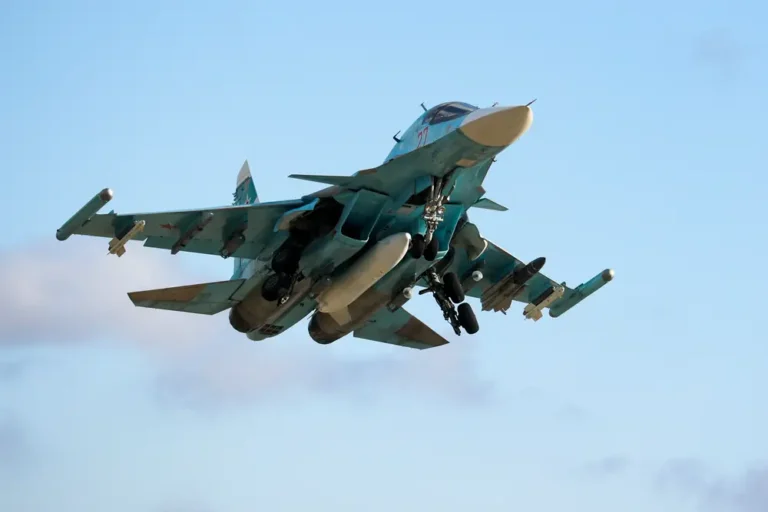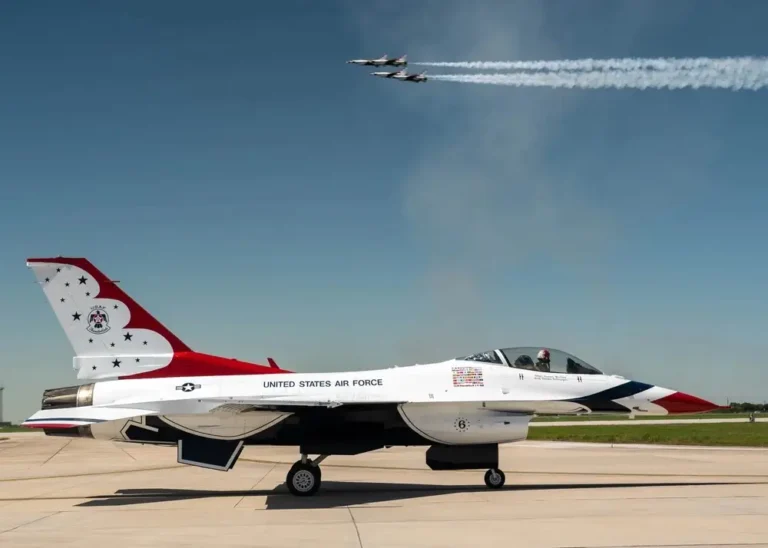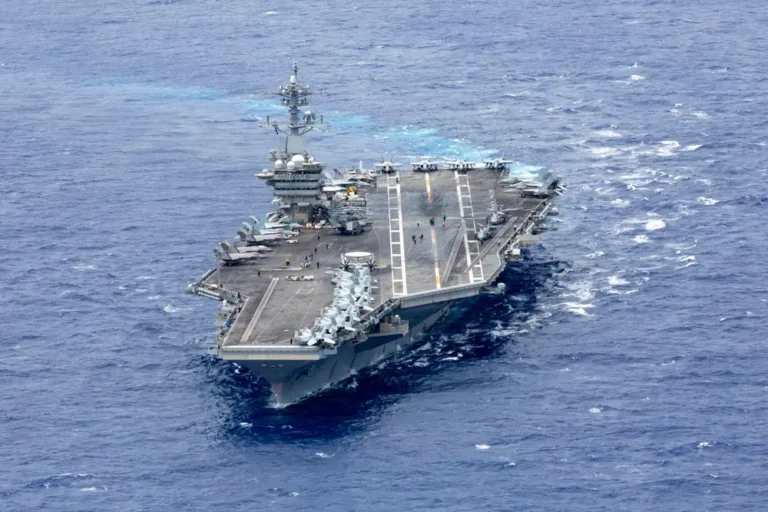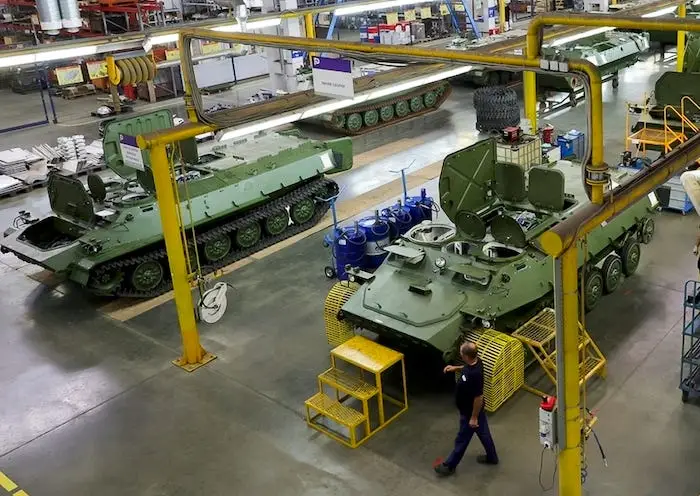The B-2 stealth bomber used to hit the Houthis was built to strike the toughest targets
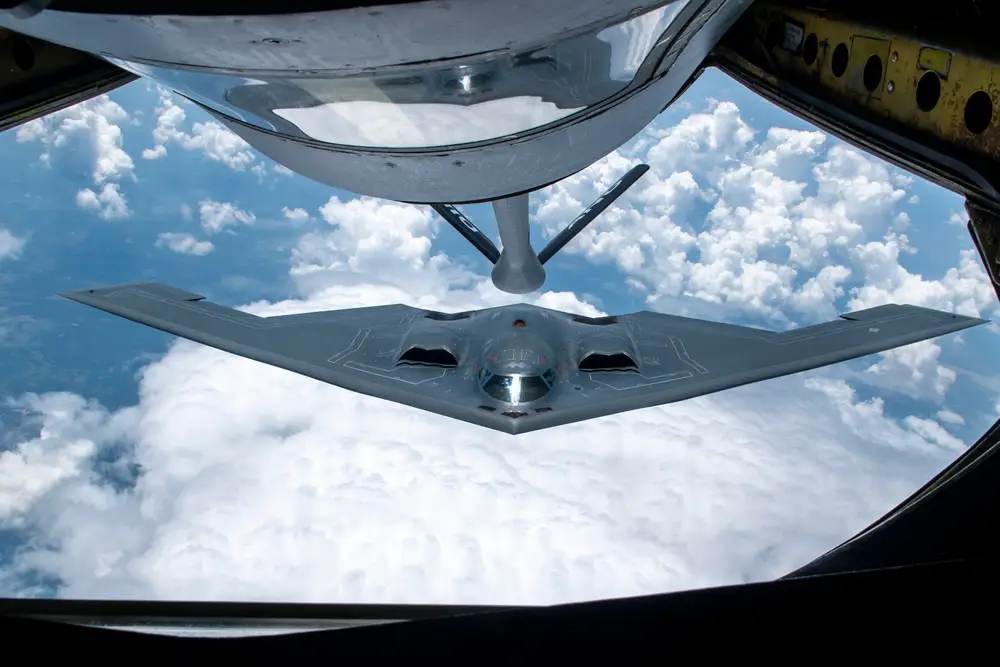
A B-2 Spirit refueling over the skies of Missouri in June 2023..
The US military carried out a series of airstrikes against the Iran-backed Houthi rebels in Yemen on Wednesday, using B-2 stealth bombers to hit targets underground.
The Pentagon suggested the B-2 Spirit’s involvement in the operation sent a message to American adversaries, such as Iran, that no target is out of reach or too far hidden from the US. The bombers were specifically built to take out hard-to-reach targets.
The secretary of defense, Lloyd Austin, said Wednesday that the US carried out “precision strikes” against five hardened underground weapons-storage sites that the Houthis used to fuel their attacks against shipping lanes in the Red Sea and the Gulf of Aden.
The US military said the Houthi rebels stored missiles, weapons parts, and other munitions at the facilities, adding that US Navy and US Air Force assets, including the B-2s, were involved in the operation.
Austin said in a statement on the operation that “this was a unique demonstration of the United States’ ability to target facilities that our adversaries seek to keep out of reach, no matter how deeply buried underground, hardened, or fortified.”

A B-2 Spirt in the sky over northwest Missouri in August 2018.
The defense secretary said that using the B-2s in the strike operation demonstrated America’s “global strike capabilities to take action against these targets when necessary, anytime, anywhere.”
The operation marks the first known deployment of the B-2 in the US military’s monthslong counter-Houthi campaign, during which the Pentagon has relied heavily on its warships and fighter jets stationed in the region to carry out missions against the rebels.
The Air Force has just 19 operational B-2s, flying wing aircraft manufactured by Northrop Grumman. Two of the aircraft, which cost about $2 billion each, were lost in crashes. The US bases the heavy strategic bombers at Whiteman Air Force Base in Missouri.
Before the emergence of the new B-21 Raider, the B-2 was, for decades, the only stealth bomber. A powerful asset and an element of the US nuclear triad, these aircraft can deliver conventional and nuclear strikes on targets as far as 6,000 nautical miles away without having to refuel.
Given the B-2’s impressive range and stealth technology, the Air Force touts its “unique ability to penetrate an enemy’s most sophisticated defenses and threaten its most valued, and heavily defended, targets.”
The bomber was designed with the Cold War and Soviet air defenses in mind. The Cold War ended before the aircraft was delivered, though.
The B-2 has flown missions in conflicts around the world over its nearly three decades of service; its last reported bombing run before the strike against the Houthis on Wednesday took place in early 2017 and targeted Islamic State operations.
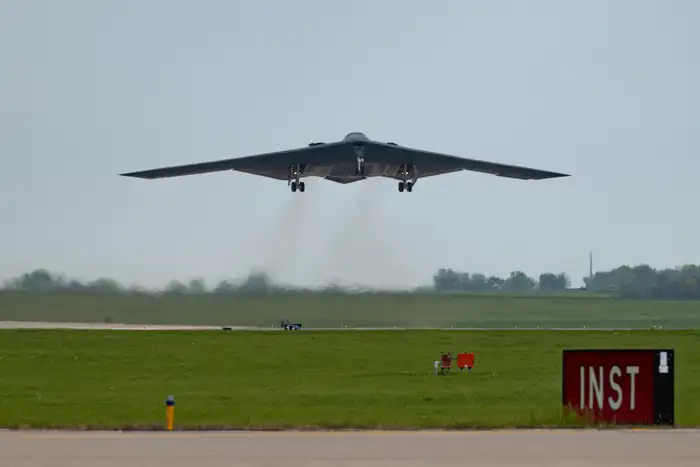
A B-2 Spirit taking off at Whiteman Air Force Base in April.
Mark Gunzinger, a retired Air Force colonel who flew the older B-52 Stratofortress bomber, said the stealth B-2 Spirit could essentially engage “any target on the face of the earth, and it can do so without the need to land in a specific region.”
For instance, the bomber can easily fly from its base in the continental US and hit targets in the Middle East or conduct bomber patrols in the Indo-Pacific.
That capability is “important if you’re conducting a limited strike to deny and deter and you did not want to involve your allies in that strike by landing at one of their air bases,” Gunzinger, the director of future concepts and capability assessments at the Mitchell Institute for Aerospace Studies, told B-17.
He added that the B-2’s low observability also allows it to carry out penetrating strikes without warning to achieve the element of surprise. With its huge payload, too, this aircraft sends a powerful message to America’s adversaries.

A B-2 Spirit after taking off from a base in Australia.
An Eighth Air Force spokesperson declined to discuss the specific munitions that the B-2 dropped during the Houthi operation but told B-17 the strikes “required a robust combination of capabilities to achieve the intended degradation of their ability to threaten freedom of navigation in the region.”
Notably, the B-2 is the only aircraft in the Air Force that is programmed to drop the GBU-57 MOP “bunker buster.”
The GBU-57 MOP, or Massive Ordnance Penetrator, is a GPS-guided, 30,000-pound bomb made by Boeing that can reach high-value targets buried up to 200 feet underground before exploding. It’s the Air Force’s largest non-nuclear bomb.
The large warhead case is designed to carry a large explosive payload while also remaining intact during impact, giving it the ability to penetrate hardened, protected targets.
The Air Force describes the MOP as a heavy munition that can accomplish “difficult” and “complicated” missions of reaching enemy weapons stored in well-protected sites.
The B-2 can also carry other powerful munitions, including 500-pound and 2,000-pound bombs. It’s an aircraft that sends a message like few others can.


